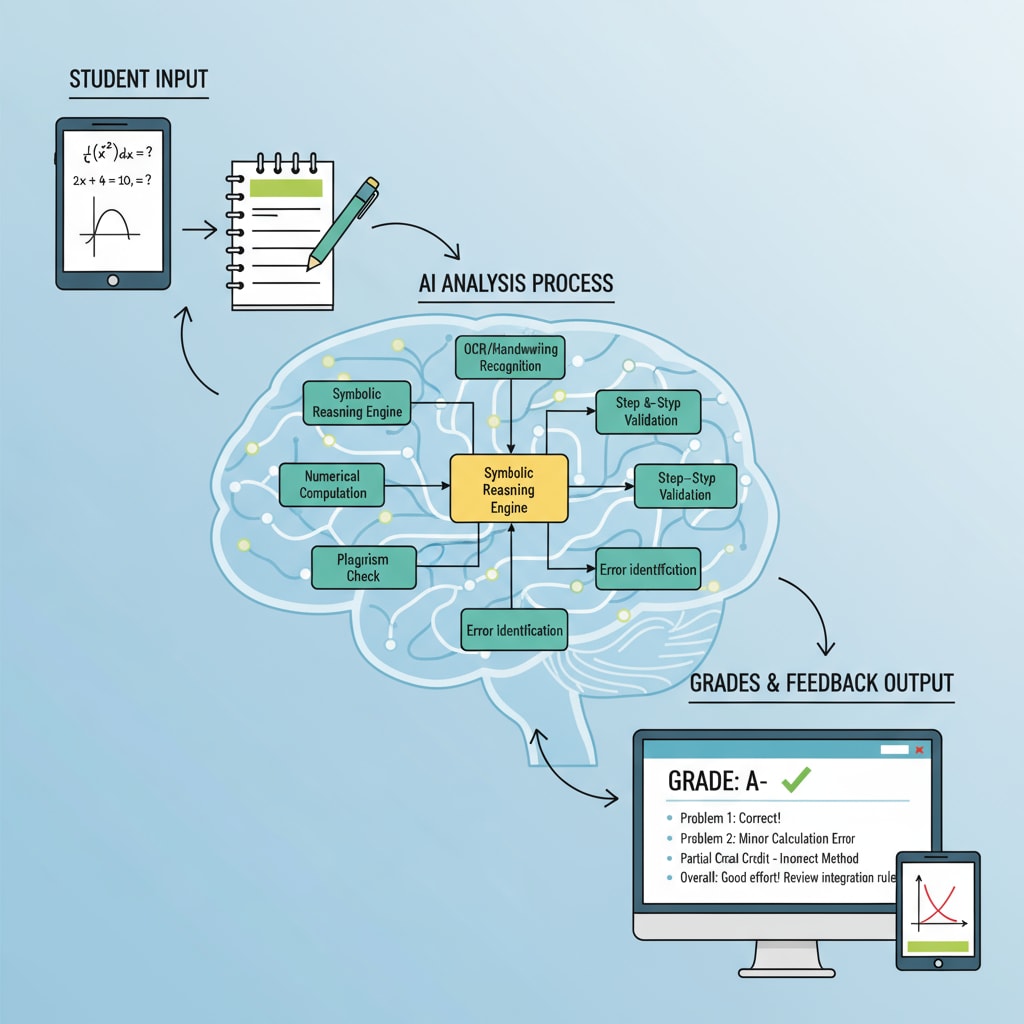In the realm of K12 education, AI math grading tools have emerged as a significant factor influencing teachers’ working hours and efficiency. These innovative tools are revolutionizing the way educators assess students’ mathematical performance.

As technology continues to advance, it’s essential to examine both the positive and potential drawbacks of these tools.
The Rise of AI Math Grading Tools
The development of AI math grading tools is a result of the continuous progress in artificial intelligence. These tools are designed to quickly and accurately grade mathematical assignments, tests, and quizzes. For example, they can analyze a student’s step-by-step solutions to math problems, providing detailed feedback. According to Wikipedia’s page on artificial intelligence in education, AI has the potential to automate many repetitive tasks in the educational assessment process.

Benefits for Teachers’ Working Hours
One of the most significant advantages of AI math grading tools is the reduction in teachers’ time spent on grading. Traditionally, grading math assignments can be a time-consuming process, especially for large classes. With AI math grading tools, teachers can save hours of manual grading. This allows them to focus on other important aspects of teaching, such as lesson planning and providing one-on-one student support. Therefore, these tools are a great boon to teachers’ overall working efficiency.
Enhancing Efficiency in Feedback Provision
AI math grading tools also enhance teachers’ efficiency in providing feedback. They can generate instant feedback for students, highlighting areas of strength and weakness. This immediate feedback helps students to learn from their mistakes promptly. In addition, teachers can use the data provided by these tools to identify common misconceptions among students and adjust their teaching strategies accordingly. As a result, the teaching and learning process becomes more targeted and effective.
In conclusion, AI math grading tools have a profound impact on teachers’ working hours and efficiency. They offer numerous benefits, from reducing grading time to improving feedback. However, it’s important to also consider the challenges and limitations they present. By understanding both the advantages and potential drawbacks, educators can make informed decisions about incorporating these tools into their teaching practice. Britannica’s article on educational technology provides further insights into the role of technology in education.
Readability guidance: The article uses short paragraphs to convey information clearly. Lists could be further incorporated to summarize key points. The proportion of passive语态 is kept low, and transition words are used throughout to enhance the flow of the text.


